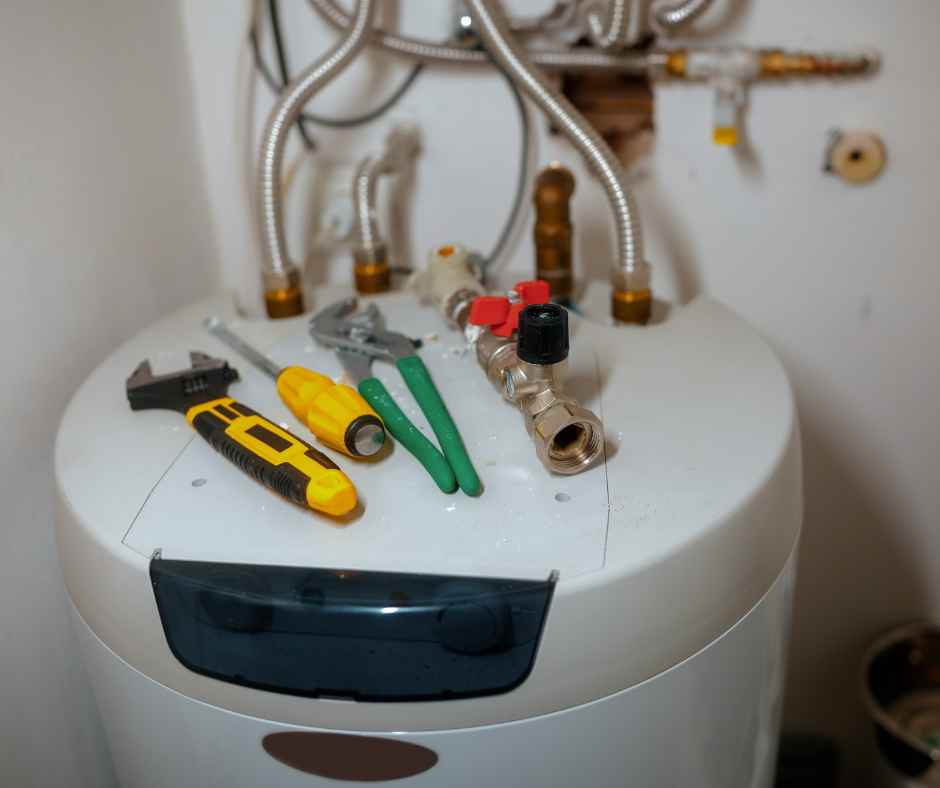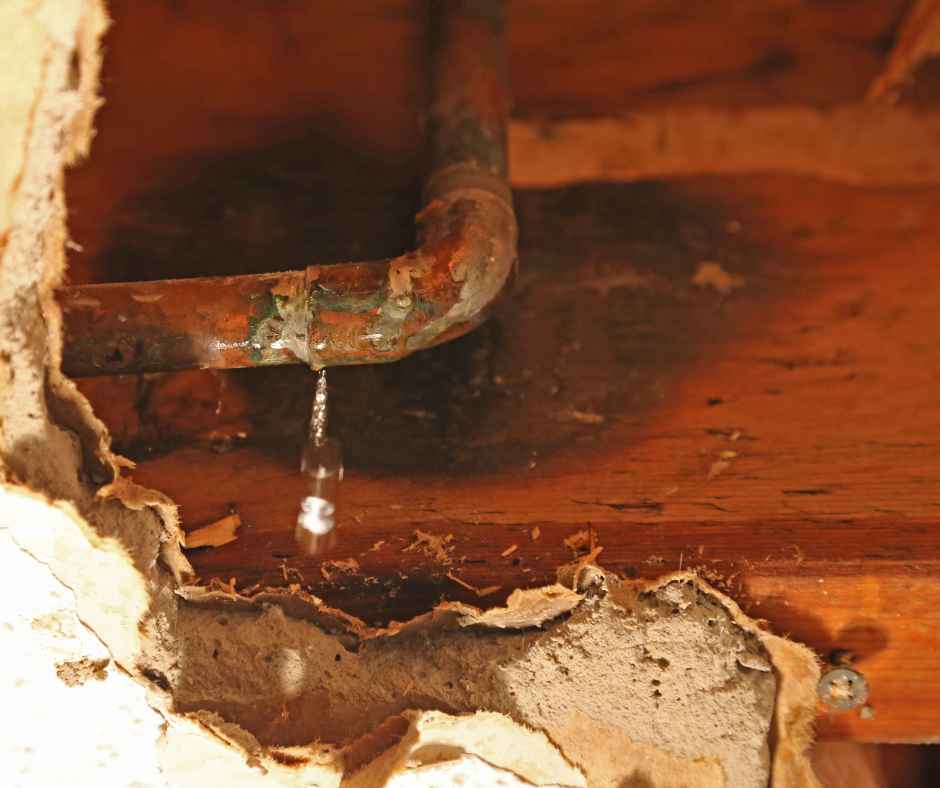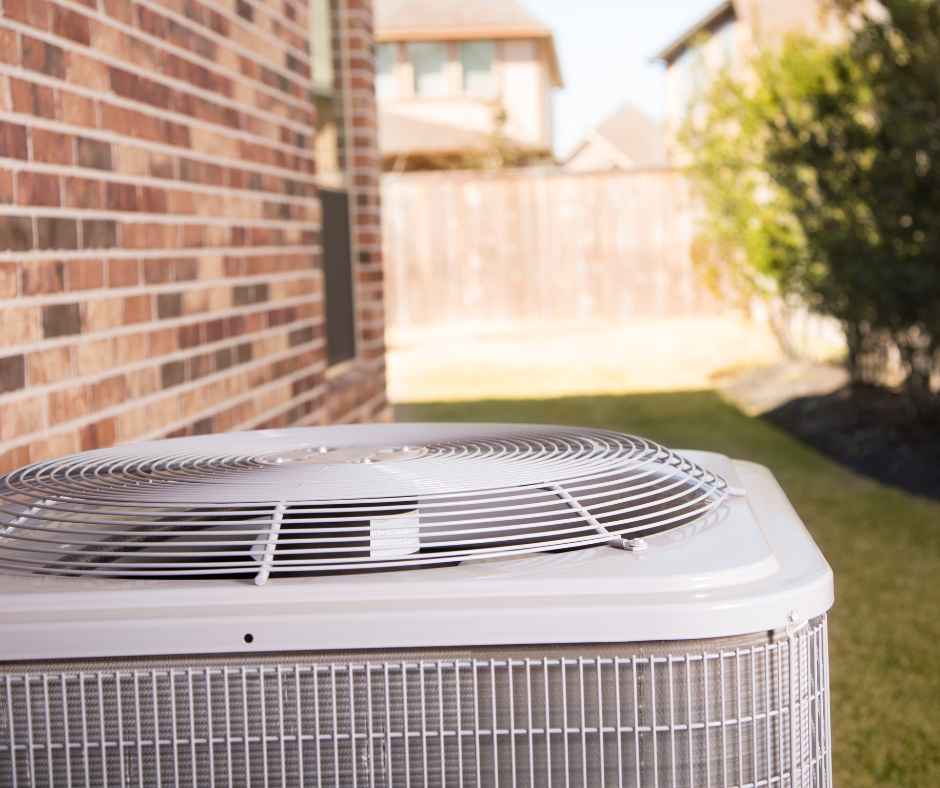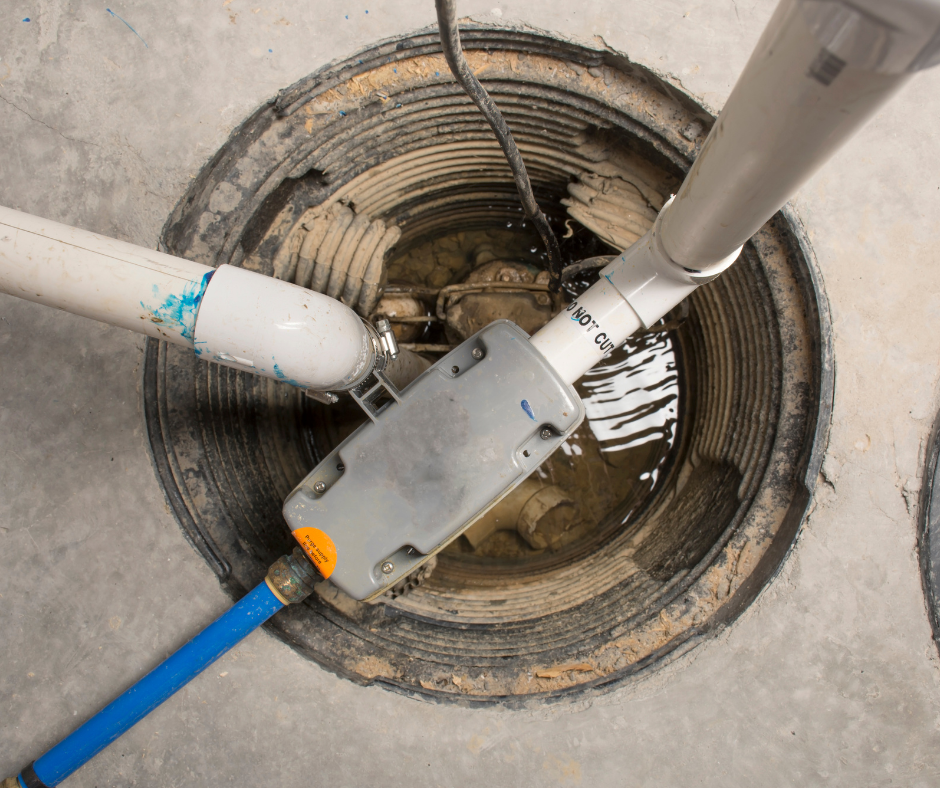Serving central Maryland & eastern shore

Signs Your Water Heater Won’t Keep Up With Winter Demand in Maryland Homes
During the colder months in Maryland, few things are more frustrating than running out of hot water mid-shower. Whether it’s for bathing, laundry, or washing dishes, your water heater works harder in winter than at any other time of the year. Unfortunately, when temperatures drop, many homeowners discover that their system can no longer meet the increased demand.
If your hot water has become inconsistent or you’ve noticed unusual sounds from your system, your water heater may be struggling to keep up with the season’s demands. Recognizing the warning signs early can prevent costly breakdowns and keep your home comfortable all winter long.
In this blog, we’ll explain why cold weather can strain your water heater, what symptoms to watch for, and how professional maintenance can keep your system running efficiently when you need it most.
Why Water Heaters Struggle During Maryland Winters
Maryland winters bring a mix of cold air, freezing nights, and chilly groundwater. When the temperature drops, the water entering your home becomes significantly colder. This means your water heater has to work much harder to raise that water to a comfortable temperature.
Even the most efficient systems lose performance as the incoming water temperature decreases. For example, if your water heater is set to maintain 120°F, it may need to heat water that’s entering at 40°F or lower during winter. That difference in temperature requires more energy, longer heating times, and greater strain on the unit.
Here are some of the main reasons water heaters struggle during cold weather in Maryland:
- Colder groundwater: Increases the time and energy needed to heat water.
- Higher household demand: Families use more hot water for showers, cleaning, and laundry during the winter.
- Older or undersized systems: Units nearing the end of their lifespan or those too small for household needs may not keep up with demand.
- Sediment buildup: Minerals in Maryland’s water supply can accumulate in the tank, reducing efficiency and heating capacity.
These seasonal challenges can make small inefficiencies more noticeable, especially in older systems. Understanding why your water heater struggles is the first step to maintaining comfort throughout the colder months.
Common Signs Your Water Heater Can’t Keep Up
When a water heater begins to struggle, it usually gives off a few warning signs before failing completely. Recognizing these symptoms early can help you take action before a full breakdown or costly repair.
- Lukewarm or rapidly cooling water: If your water never seems fully hot or turns cold halfway through a shower, your system may be overworked. Common causes include worn heating elements, sediment buildup, or a tank that’s too small for your household’s demand.
- Long wait times for hot water: When it takes several minutes for hot water to reach the tap, it could mean your water heater is struggling to recover between uses. This problem is especially common in winter, when groundwater temperatures drop.
- Fluctuating temperatures or pressure: Sudden changes in water temperature or inconsistent flow may point to a failing thermostat, corroded heating element, or sediment buildup restricting water movement.
- Unusual noises or odors: Popping, rumbling, or crackling sounds often indicate sediment buildup inside the tank. A metallic or sulfur-like smell can also signal bacteria growth or corrosion.
- Rising utility bills: If your energy bills are climbing but your hot water performance is getting worse, your water heater may be losing efficiency due to age or internal buildup.
If you notice any of these issues in your Maryland home, your water heater is likely struggling to keep up with seasonal demand. Addressing the problem early can extend the life of your system and help avoid midwinter breakdowns.
How Cold Weather Exposes Hidden Water Heater Problems
Many Maryland homeowners are surprised when their water heater begins showing signs of trouble right as temperatures drop. In most cases, these issues were developing slowly over time. Cold weather simply makes them harder to ignore.
During winter, the water entering your home can be up to 25 degrees colder than it is in summer. This difference forces your water heater to work longer and use more energy to reach your preferred temperature. If your system already has wear, corrosion, or buildup inside, this extra demand often pushes it past its limit.
Here are a few ways winter conditions bring hidden water heater problems to the surface:
- Sediment buildup: Minerals in Maryland’s water supply settle at the bottom of the tank, reducing heating efficiency and creating popping or rumbling sounds.
- Corrosion or rust: Age, moisture, and untreated water can corrode the tank lining, causing discolored water or leaks.
- Weak heating elements or burner issues: Older or damaged components struggle to maintain temperature when the system runs continuously in cold weather.
- Pressure fluctuations: Temperature changes can cause expansion in the tank and strain the pressure relief valve, increasing wear on internal parts.
- Poor insulation: Heat loss through uninsulated pipes or tanks forces the unit to reheat water more frequently, increasing energy use.
Even if your water heater worked fine in warmer months, the colder season often exposes problems that were already forming. Scheduling a midwinter inspection with Staton Plumbing, Heating & Cooling can catch these issues early, saving you from costly repairs or total replacement.
Preventive Maintenance to Keep Your Water Heater Winter-Ready
The best way to avoid water heater problems in the middle of a Maryland winter is through consistent preventive maintenance. Regular upkeep helps your system run efficiently, reduces the risk of breakdowns, and extends its overall lifespan. Even a few small tasks can make a big difference in how well your water heater performs during the colder months.
- Flush the tank: Drain a few gallons of water from the bottom of the tank at least once a year to remove sediment and mineral buildup. This prevents noise and improves heating efficiency.
- Check the thermostat setting: Make sure your water heater is set between 120°F and 140°F for safe and reliable operation. Temperatures below 120°F can promote bacteria growth, while higher settings waste energy.
- Insulate the tank and pipes: Adding insulation reduces heat loss and helps your system maintain temperature more efficiently, especially if your water heater is in a cold basement or garage.
- Test the pressure relief valve: Lift the valve handle slightly to confirm that water flows freely, then let it snap back. If no water releases or the valve leaks afterward, it may need replacement.
- Inspect for leaks or corrosion: Look for rust, damp spots, or white mineral deposits near connections and fittings. These small signs can indicate slow leaks that worsen in winter.
- Schedule professional maintenance: A licensed technician can inspect heating elements, thermostats, and safety features to ensure everything operates safely and efficiently.
Routine service not only keeps your water heater performing at its best but also helps identify problems before they become expensive emergencies. For homeowners across Maryland, winterizing your water heater through professional maintenance with Staton Plumbing, Heating & Cooling provides reliable comfort and peace of mind when temperatures drop.
When It’s Time to Replace Your Water Heater
Even with regular maintenance, every water heater reaches the end of its useful life. Knowing when to replace your unit instead of repairing it can save money and prevent unexpected cold showers in the middle of winter.
Signs It’s Time for a Replacement
- Age of the system: Most traditional tank water heaters last between 8 and 12 years. If yours is nearing that range, performance and efficiency likely have started to decline.
- Frequent repairs: If you’re calling for service more than once a year, replacement may be the more cost-effective long-term solution.
- Rusty or discolored water: Brown or reddish water from the hot tap often points to corrosion inside the tank, a sign that replacement is needed soon.
- Leaks around the tank: Even small leaks can lead to major water damage. Once the tank begins to leak, it usually cannot be repaired.
- Reduced hot water supply: If your showers are turning cold faster than they used to, your system may no longer meet your household’s demand.
Benefits of Upgrading
- Improved energy efficiency: New models heat water faster while using less energy, reducing monthly utility costs.
- Consistent performance: Modern systems deliver more stable temperatures and faster recovery times.
- Better safety features: Newer units include advanced temperature controls, pressure valves, and improved insulation.
- Tankless options: Homeowners who switch to a tankless system enjoy unlimited hot water and long-term energy savings.
When you’re ready to upgrade, Staton Plumbing, Heating & Cooling can help you choose the right system for your home’s size, budget, and energy goals. Our team provides professional installation and guidance on high-efficiency models that handle Maryland’s winter demand with ease.
Professional Water Heater Service from Staton Plumbing, Heating & Cooling
When your water heater shows signs of struggling, getting professional help early can prevent bigger issues down the road. The licensed technicians at Staton Plumbing, Heating & Cooling understand how Maryland’s winter temperatures affect home plumbing systems. Our team provides expert service to repair, replace, and maintain water heaters of every type and brand.
What to Expect from a Professional Service Call
- Comprehensive inspection: Every visit includes checking heating elements, thermostats, and valves to identify wear and inefficiency.
- Accurate diagnosis: Technicians use specialized tools to locate problems and recommend cost-effective solutions.
- Reliable repairs and replacements: Whether you need a new heating element, a full system flush, or a complete replacement, Staton Plumbing ensures the work is done safely and correctly.
- Preventive advice: Our experts help homeowners understand how to maintain their system and avoid common winter performance issues.
As a trusted name in Maryland for plumbing, heating, and cooling, Staton Plumbing, Heating & Cooling is dedicated to providing dependable service that keeps homes comfortable year-round. When your water heater can’t keep up with winter demand, our team is ready to restore your comfort quickly and efficiently.
Contact the Water Heater Experts at Staton Plumbing, Heating & Cooling
Your water heater plays an essential role in keeping your Maryland home comfortable, especially during the coldest months of the year. If you’ve noticed lukewarm water, strange noises, or a longer wait for hot water, don’t wait until the problem worsens. A professional inspection now can save you from unexpected breakdowns and costly emergency repairs later.
The skilled technicians at Staton Plumbing, Heating & Cooling have been serving Maryland homeowners with reliable plumbing, heating, and cooling services for years. We specialize in diagnosing water heater issues, providing expert repairs, and helping you choose the right replacement when it’s time for an upgrade.
Contact Staton Plumbing, Heating & Cooling today to schedule your water heater service or winter maintenance visit. Our friendly team is ready to help your home stay warm, efficient, and fully equipped for Maryland’s winter demand.
Frequently Asked Questions About Water Heater Winter Performance
Why does my hot water run out faster in winter?
Cold groundwater entering your home lowers the starting temperature of the water your heater must warm. This means it takes longer and uses more energy to reach your preferred temperature, causing hot water to run out faster.
How often should I flush my water heater?
For most Maryland homes, once a year is enough. However, if your area has hard water, flushing every six months can help remove mineral buildup and maintain efficiency.
What is the ideal water heater temperature for winter?
A setting between 120°F and 140°F provides comfortable water temperatures while preventing bacteria growth. Avoid setting it higher than 140°F to reduce the risk of scalding and unnecessary energy use.
Can insulation really help my water heater in winter?
Yes. Adding insulation around the tank and nearby pipes helps retain heat and reduces the amount of time your system runs. It’s a cost-effective upgrade that improves performance and lowers energy bills.
Should I replace my water heater before it fails?
If your water heater is nearing 10 years old, producing inconsistent hot water, or showing signs of rust, it’s wise to replace it before winter. Proactive replacement avoids midseason breakdowns and ensures reliable comfort.








